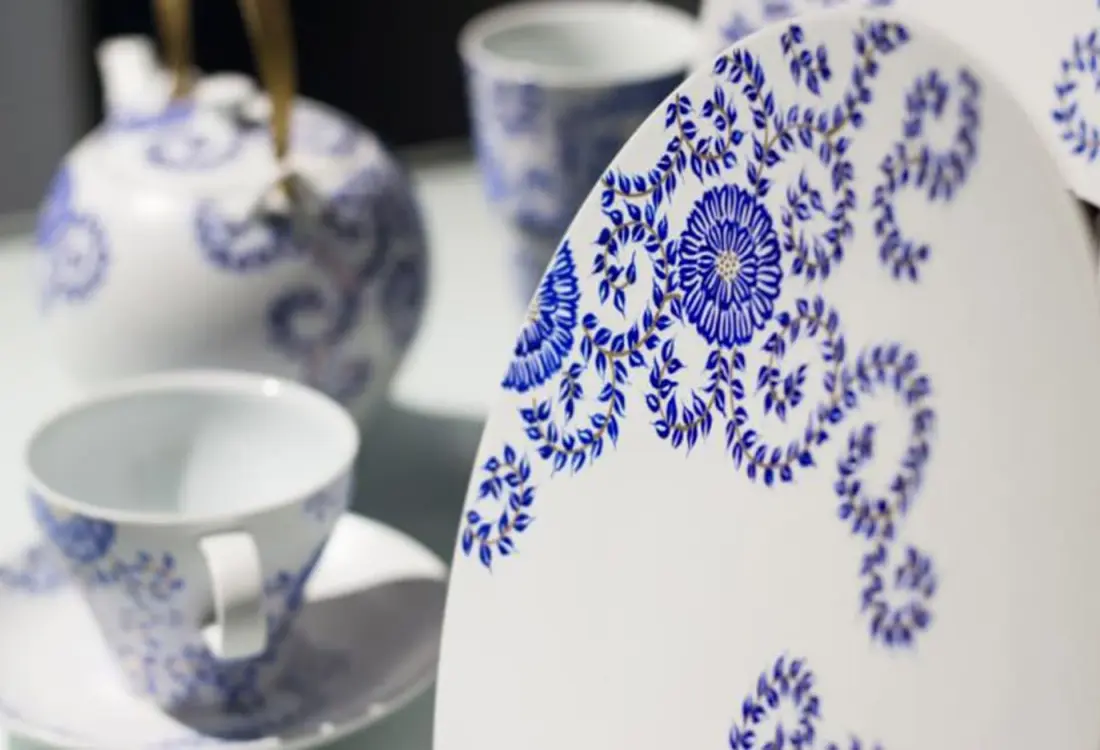
The Ancient Tradition of Ceramics Found
in Saga Prefecture
Japan has a long and successful history of ceramics making. With many refined styles unique to Japan, Japanese ceramics are sought after from everywhere in the world. The island of Kyushu had an important role in the development of this craft, with Saga Prefecture being one of the main gathering points for potters.
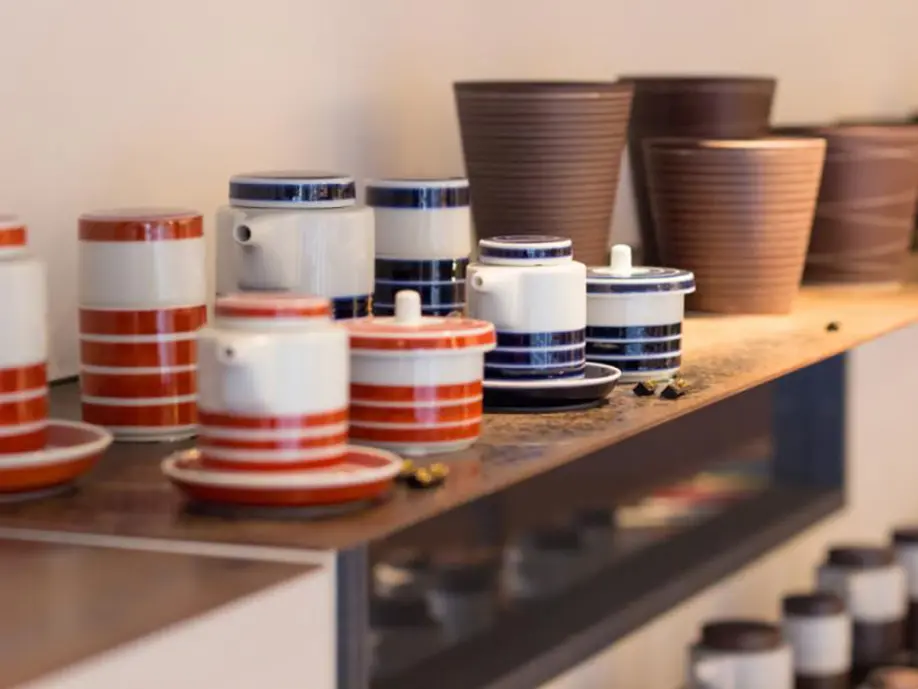
Earthenware was being produced in Japan as early as the Neolithic era. However, the first Japanese porcelain was made after a Korean potter discovered a rich source of porcelain clay near Arita in Saga Prefecture. This was the starting point for a lot of porcelain-making styles which flourished in the area.
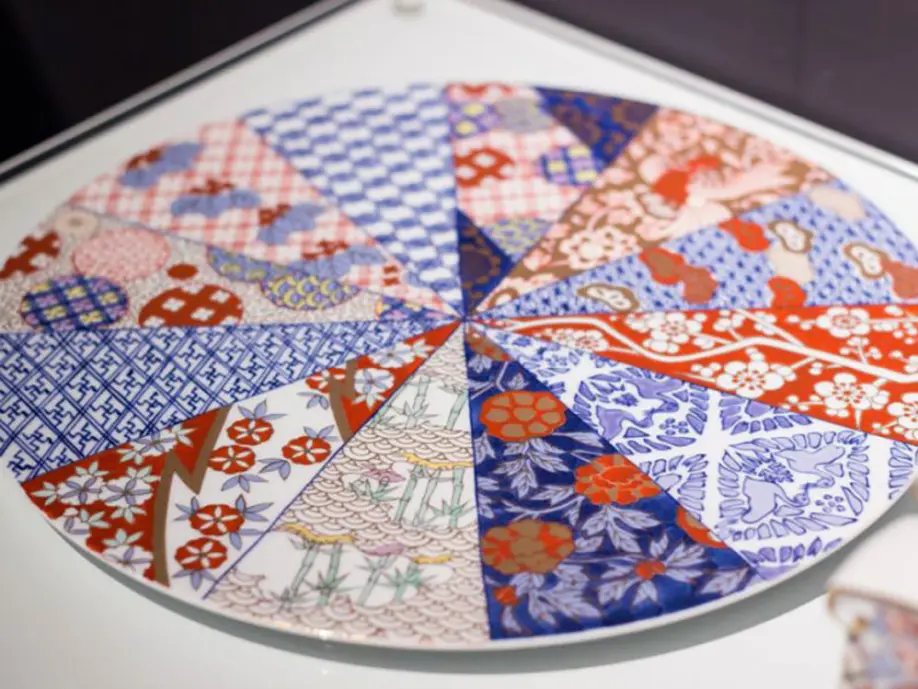
Early Arita ware was characterized by blue designs on a white background, although it later evolved into colorful enameled drawings. Arita ware caught a lot of attention overseas and was largely exported to Europe. More opulent designs, often making use of Western and Chinese motifs, were catered to the tastes of Europeans and made just for export. The rich decorations made use of bright colors and gold.

Observing the intricate designs of Arita Ware brings you back to the time when Eastern and Western art met.
Imari was the port from where porcelains made in Arita and the surrounding areas were shipped to Nagasaki to be exported. Initially, all ware coming from Imari port was known as “Imari ware," even if it was made in Arita. Nowadays Arita and Imari ware are distinguished based on where they're made.

During the Edo Period (1603-1868), the Nabeshima clan who was ruling over Saga had their personal porcelain produced in Imari. The porcelain was very high-quality and produced by the clan's best potters. To protect their secret techniques, the clan hid their kiln up a mountain in Okawachi. Unlike most Arita ware, which used Chinese themes in their decorations, Nabeshima ware kept their design more traditionally Japanese.

Delicate and refined, Imari ware encompasses the beauty of Japanese art.
It is said that Karatsu ware started in the 16th century and it is the most produced pottery in western Japan. In contrast to Arita and Imari's ceramics, Karatsu ware is pottery. Its crafts are largely characterized by the colors of earth: brown, gray and black. The decorations, when present, are often very simple. Karatsu ware is made to glorify the food presented on it.

Originally made for everyday use, Karatsu ware is now among the three top styles of pottery used in tea ceremony. There are many styles of Karatsu ware, like E-Karatsu (painted ware), matara Karatsu (mottled ware), kuro Karatsu (black ware) and muji-Karatsu (plain ware). Simplicity that represents the Japanese spirit is what makes Karatsu ware loved, both in Japan and overseas.

The no-frills, earthy Karatsu ware holds a special beauty. It feels homely and secure, like the simple clay it is made of.
Nowadays the production of ceramics is still very much alive. Arita, Imari and Karatsu still bear the traces of ancient pottery and ceramics traditions to this day. Visiting the three towns you'll find old kilns and historic buildings along with galleries and shops showcasing old and new crafts. Factory tours, ceramics making lessons and other experiences are also available at many establishments. In every piece of craft, you will find the love of each potter and the connection to the history of Japanese pottery.

Laura Loss
Laura is a Tokyo-based freelance writer, photographer and translator from northern Italy. She has a passion for craft beer, Japanese traditional instruments and discovering places that are off the beaten path.
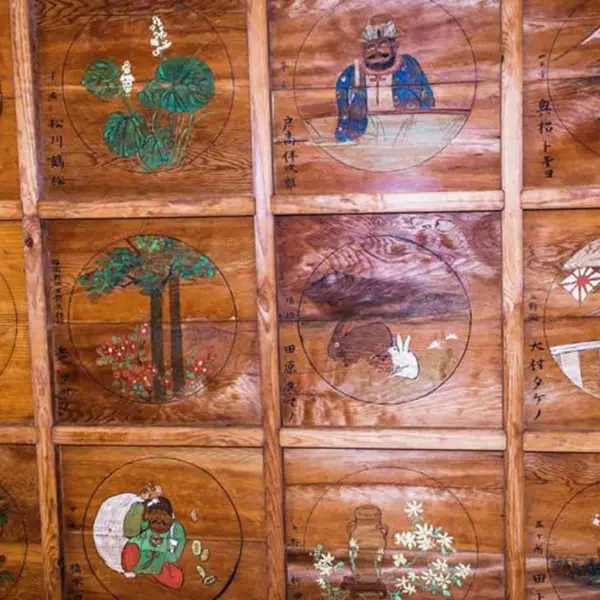 Shonenji Temple in Takachiho: A fascinating past and present
Shonenji Temple in Takachiho: A fascinating past and present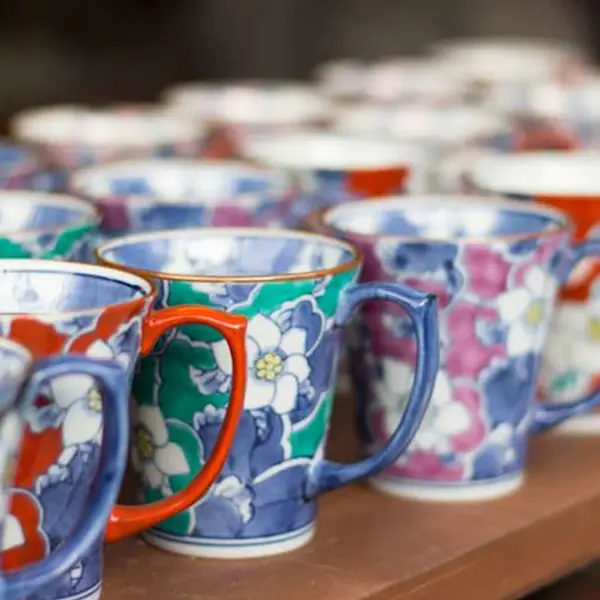 Karatsu, Imari and Arita: A Trip to Discover Saga Ceramics
Karatsu, Imari and Arita: A Trip to Discover Saga Ceramics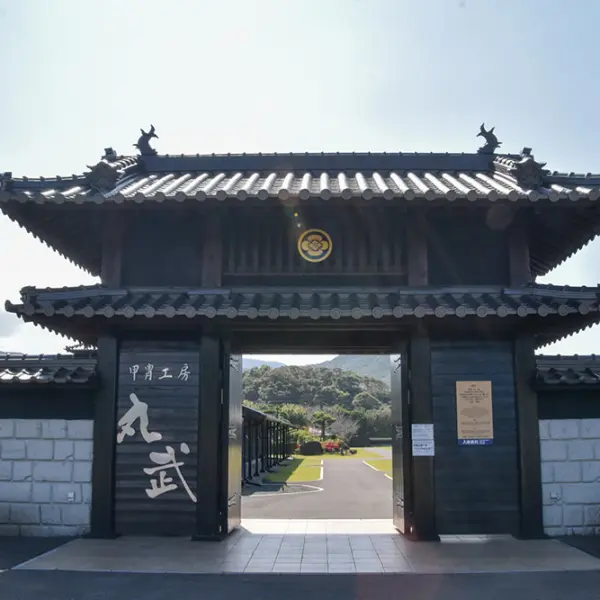 Immerse Yourself in the History and Culture of Japan’s Samurai Warriors at Marutake Sangyo
Immerse Yourself in the History and Culture of Japan’s Samurai Warriors at Marutake Sangyo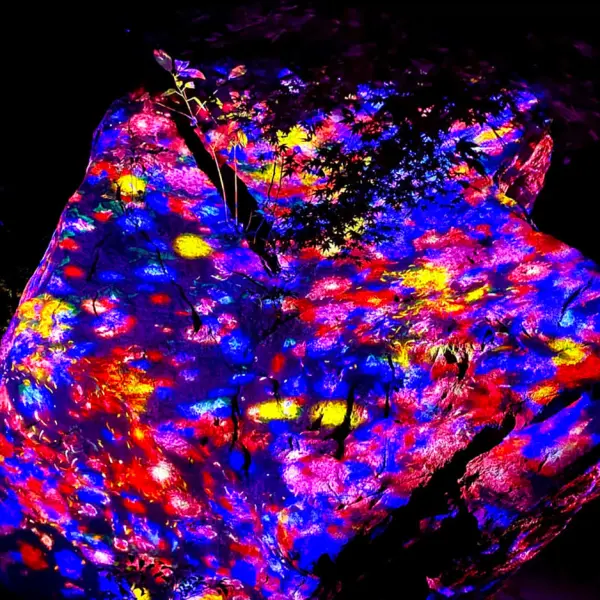 TeamLab breathes history at Mifuneyama Rakuen in Saga
TeamLab breathes history at Mifuneyama Rakuen in Saga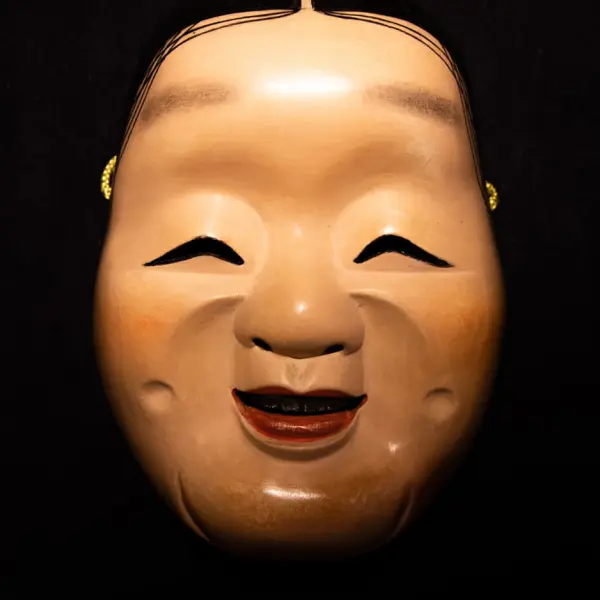 Spooky Castles, Wild Boar, Wax, and Kagura!
Spooky Castles, Wild Boar, Wax, and Kagura!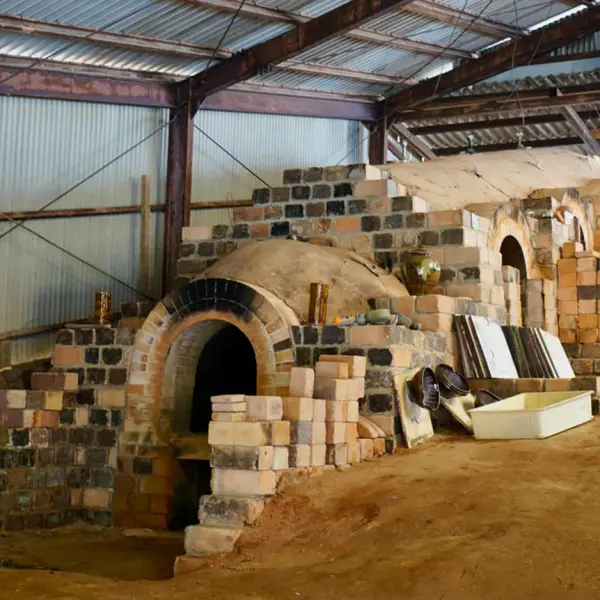 Koishiwara Pottery: From Climbing Kilns to Flying Dot Patterns
Koishiwara Pottery: From Climbing Kilns to Flying Dot Patterns A Rare Glimpse into the World of Katana Sword-Making with Matsunaga, a Kumamoto Swordsmith
A Rare Glimpse into the World of Katana Sword-Making with Matsunaga, a Kumamoto Swordsmith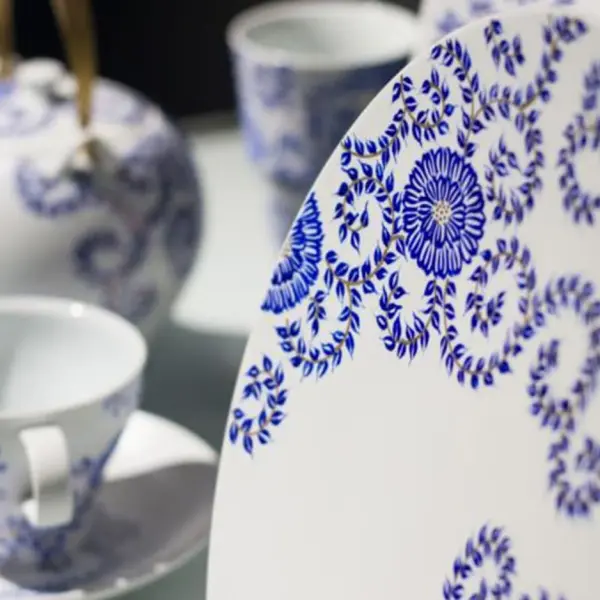 The Ancient Tradition of Ceramics Found in Saga Prefecture
The Ancient Tradition of Ceramics Found in Saga Prefecture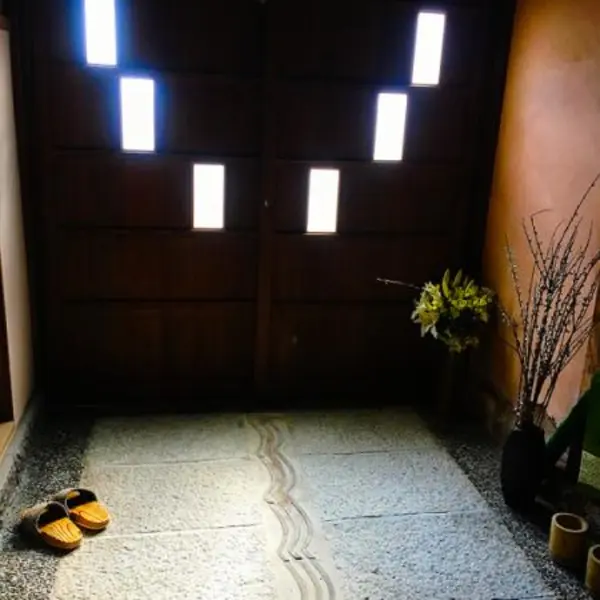 Taketa, Oita: An alluring artscape
Taketa, Oita: An alluring artscape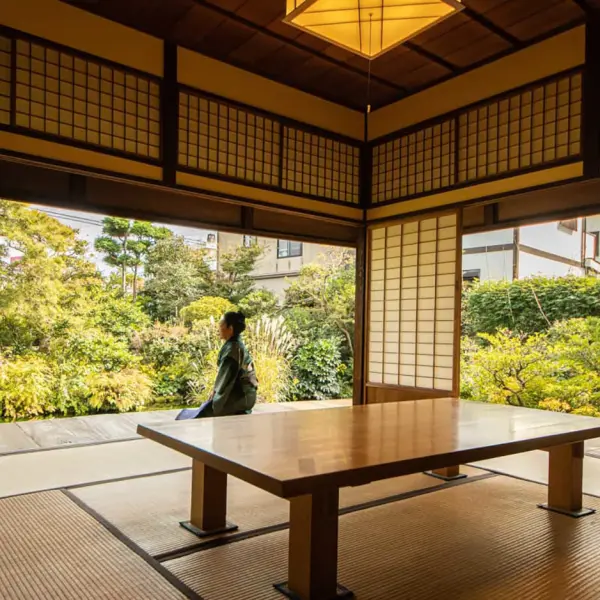 Samurai Road, Garden, and Dessert
Samurai Road, Garden, and Dessert




